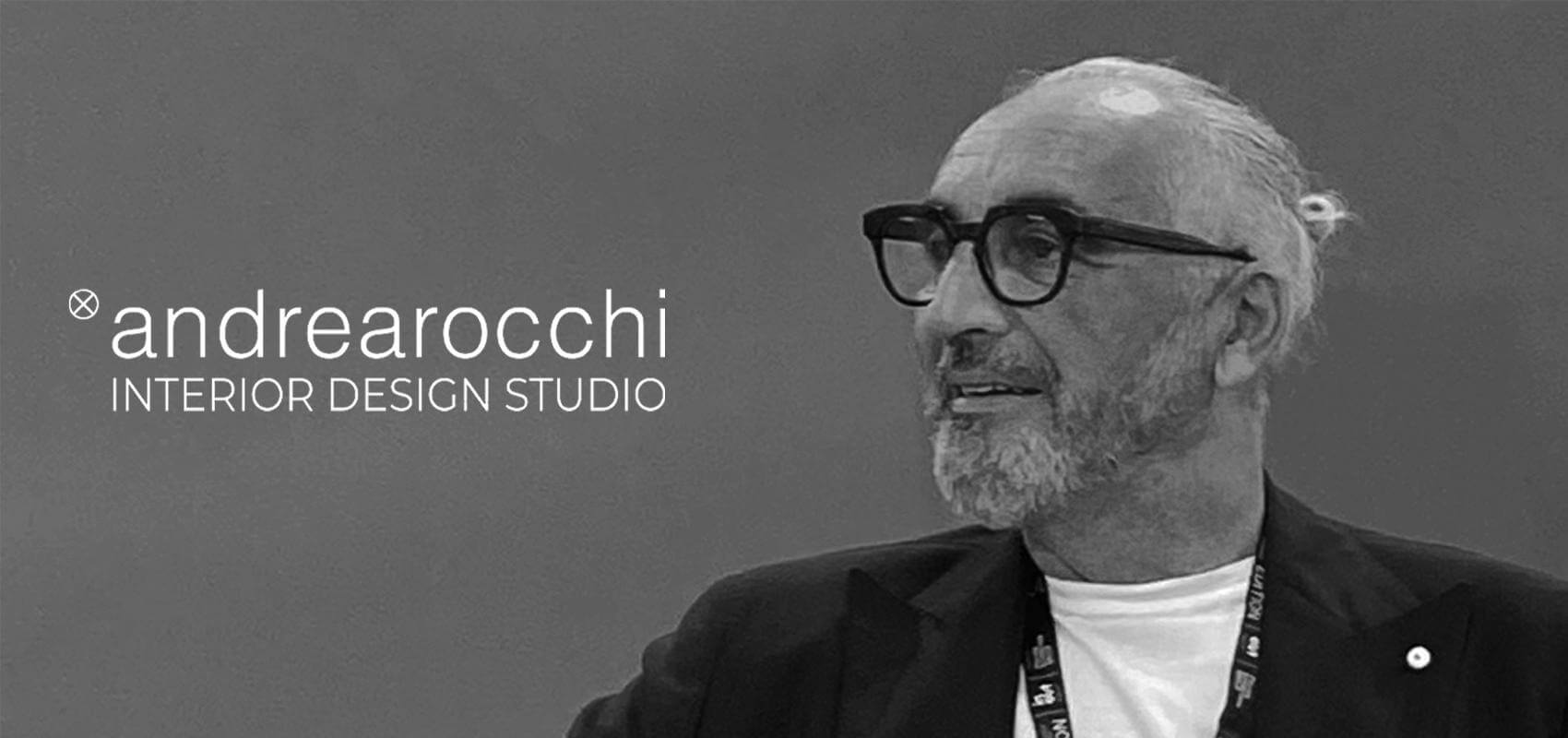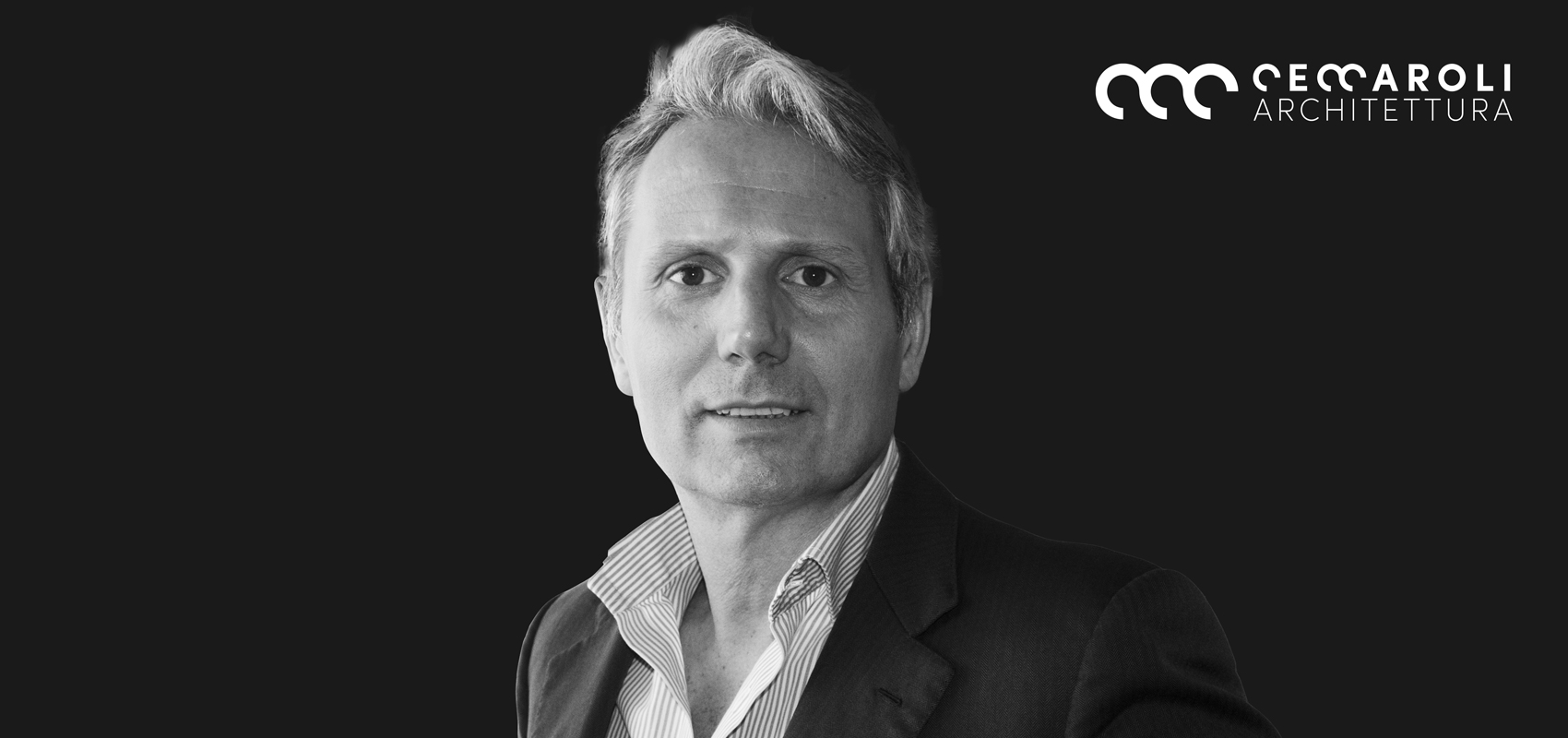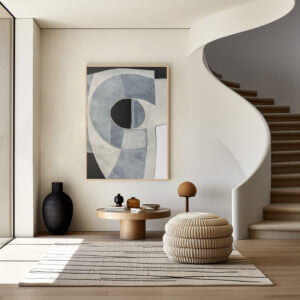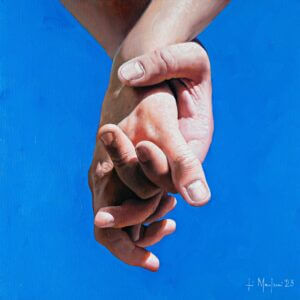Andrea Rocchi, owner of the eponymous Interior Design studio and head of the HoReCa sector for the AIPI (Italian Association of Professional Interior Designers), is the ideal interlocutor to discuss the relationship between architecture and art in contemporary times.
Can you tell us about your work?
I have an interior architecture studio specialized in the HoReCa sector, focusing on projects for hotels and food establishments. Currently, I have about ten collaborators, and we predominantly handle projects for large corporations, public companies, and hotels, ranging from four-star category and above. Additionally, I serve as the national representative for HoReCa within the AIPI, Italian Association of Professional Interior Designers.
What are the peculiarities of your studio?
There are at least two distinctive features of my studio. In addition to having architects and engineers handling technical aspects, we also have architects focusing on communication and graphics related to the food industry. I consider it essential to address this aspect to give substance to valuable projects. Instead of relying on external sources, I preferred to manage communication, now an integral part of our projects, in a complementary way to the interior design.
The second peculiarity, and in this, we are almost unique, is that I always have one or two individuals dedicated to research in design. We strive to understand what will happen in the future, which means both monitoring technological advancements (and thus anticipating potential innovations proposed by companies) and maintaining an observatory on new trends. This is where the role of art comes in because trends are linked to style and taste. When I talk about art, I don’t only refer to visual art but also to music, cinema, theater – all things we delve into and follow to enrich our proposals.
Allow me to make a comparison: we don’t produce ready-made fashion; we aim to showcase on the runway, trying to present always new solutions in line with the times. The difference is that fashion, analytically speaking, has a stylistic research cycle on an annual basis, whereas in our industry, we operate on cycles ranging from three to six years.
Another thing I highly value is the concept of continuous learning. To do this job, as with any profession with a strong individual component, two things are needed: a certain predisposition – let’s call it talent – and a continuous commitment to broaden one’s visions and improve techniques. When conducting an interview while looking for collaborators for my studio, I don’t just look at technical knowledge, etc., but I examine the person’s passion, ethics, and objectives because I am confident that, if present, everything will work at its best.
What motivates you in your work?
My motivation is being able to offer something to people who will live, work, or frequent the environments I design. The first thing we can provide is an emotion, the one derived from the initial impact. Research shows that we form a first impression in seven seconds—seven seconds that will be decisive in our judgment.
This initial impression will be followed by a proper judgment, related to the experience people find themselves living, summarized by the word ‘comfort’—how much the environment makes us feel good and evokes emotions.
Every time I speak in public, I emphasize the importance of emotion. We must experience emotions while working to be able to move our clients, who may be moved to tears when they see their new space, and to be able to stir emotions in the guests who will find themselves in that space.
What role does art play in interior design, from your perspective?
It is extremely important, for two reasons. Firstly, because in the hotels and venues we furnish, we use many images created by artists – from paintings to patterns on wallpaper. Secondly, art is indispensable for that process of continuous learning I mentioned earlier. I insist a lot with my team that they attend exhibitions and stay updated on what is happening in the art world because that’s how taste develops.
What makes Italians so different from others? Why are we so appreciated worldwide? It’s because we are born, raised, and live surrounded by art. Our cities are beautiful, designed by architects, full of statues and iconographies from different eras. Our eyes, our minds, get used to beautiful things: fashion, design, art, architecture, music, literature.
What do you think about Cinquerosso Arte?
I think it’s a beautiful initiative, something that was missing in our industry. No one had ever thought of bringing together artists to offer to architecture studios working in the field of hospitality and dining, providing both quality and prices compatible with installation budgets. That’s why, as soon as I learned about Cinquerosso Arte, I decided to involve it in upcoming projects.






